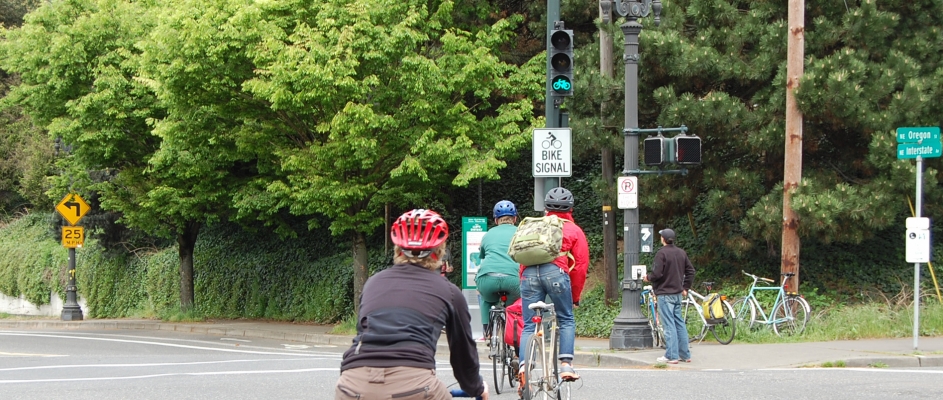In the past decade bike and pedestrian count programs have sprung up all over the United States, gathering data to evaluate biking and walking infrastructure. However, these modes have not been studied with the quantitative rigor applied to motor vehicle travel. A research project funded by the National Institute for Transportation and Communities (NITC), led by Nathan McNeil of Portland State University (PSU), offers a method for monitoring the quality of this bike-ped count data.
... Read more- Download the Poster Presentation for “Evaluation of Bus-Bicycle and Bus/Right-Turn Traffic Delays and Conflicts” (PDF)
When buses and bikes share space, it's complicated. Not only are there safety risks for cyclists, but also potential delays in bus service and stressful navigation for bus operators. The quest to increase bus speeds—and plausibly...
Read moreNITC researchers Stephen Fickas and Marc Schlossberg of the University of Oregon are on a mission: bring the benefits of V2I (vehicle-to-infrastructure communication) to bicycling. Earlier this year they published their proof-of-concept of a DIY vehicle-to-infrastructure "bike box" in Oregon for communicating with traffic signal controllers. In the most recent round of NITC grants awarded this past summer they secured funding for Green Waves, Machine Learning, and Predictive Analytics: Making Streets Better for People on Bike & Scooter.
APPLYING GLOSA TO CYCLING
The latest report to come out of this body of work focuses on a new technology being integrated into modern cars: GLOSA, or Green Light Optimized Speed Advisory. GLOSA allows motorists to set their speed along corridors to maximize their chances of catching a "green wave" so they won't have to stop at red lights. This project demonstrates how GLOSA can be used by bicyclists in the same way it is used by motorists, with a test site on a busy car and bike corridor feeding the University of Oregon campus: 13th Avenue in Eugene, Oregon.
 Fickas and Schlossberg created a...
Fickas and Schlossberg created a...
What if your bicycle could warn you that a car is coming from a side street you can't see? Or let you know that your front tire is getting a little low, or that you're approaching a pothole that wasn't there yesterday? A NITC research project led by John MacArthur of Portland State University explores how connected vehicle (CV) technologies could encourage an increase in bicycling. As CV technology moves forward in the rest of the transportation system—with buses and connected streetcars requesting early green lights from the traffic signals, and cars chatting with each other...
Read moreMost people who bike for transportation can probably think of "that one intersection:" The light where it's impossible to get a green without waiting. Even when there are no cars, pedestrians or other bikes in sight, you still know you'll have to stop and wait a while, sacrifice all your momentum, and wish you could have given the signal advance notice that you were coming.
Researchers at the University of Oregon have created an app for that.
Lead investigator Stephen Fickas, a computer and information science professor at the UO, developed the app, along with a specially-designed Bike Connect ‘box' (watch the 3-minute video) that attaches to a traffic signal controller. With the box installed, the app allows a cyclist to...
Read more- Download the Final Report (PDF)
- Download the Guidebook: Rethinking Streets for People on Bikes (PDF)
- Watch the Feb 27th webinar
The National Institute for Transportation and Communities (NITC) is excited to announce the publication of a new visual design guide, "Rethinking Streets for Bikes." Focused on case studies in the U.S., the guidebook will make it easier for North American city officials to design streets with bikes (and the people on them) in mind.
There is...
Read moreBIKE/PED COUNT SURVEY: CALL FOR INPUT
Researchers at Portland State University, University of Texas at Arlington, University of North Carolina at Chapel Hill and Toole Design Group are conducting a scan to identify locations where bicycle counts are taking place around North America, and hope to enlist your help! If you collect bike count data (or oversee counts) in your jurisdiction, please consider taking our quick survey to tell us a little bit about your count locations and data.
The survey can be accessed here: tinyurl.com/BikeCounterScan
THE NEW PROJECT
... Read morePortland, Oregon's 2035 Comprehensive Plan calls for “City Greenways” - a citywide network of park-like streets focused on moving pedestrians and bicycles safely. Such a connected network of safe, welcoming active transportation options could have significant benefits for residents—but which residents?
Benefits of bike and pedestrian infrastructure include environmentally sustainable transportation, livability, and improvements in economic development and public health. While these outcomes are well documented, it is also known that both transportation and...
Read moreThe National Institute for Transportation and Communities (NITC) is soliciting proposals for our two 2018 Pooled Fund projects:
This project will address the need of cities and municipalities to combine bicycle data from different sources (such as manual counts, automatic counts, and crowd-sourced data from apps such as Strava) to assess an accurate accounting of bicycle traffic on a network. Current work on data fusion techniques is limited and additional research is needed to fully understand the choice of weighting techniques, inclusion of spatial vs. temporal variation in the...
Read moreAddressing Bicycle-Vehicle Conflicts with Alternate Signal Control Strategies -and-
Improving Bicycle Crash Prediction for Urban Road Segments
Sirisha Kothuri, a Portland State University research associate, has recently completed two distinct studies taking different approaches to advancing bicycle safety. Kothuri will lead a Sept. 13 workshop on Bicycle/Pedestrian Focused Signal Timing Strategies along with Peter Koonce, the division manager of Signals & Street Lighting for the City of Portland. The half-day workshop will be part of Transportation and Communities 2018, a two-day...
Read more
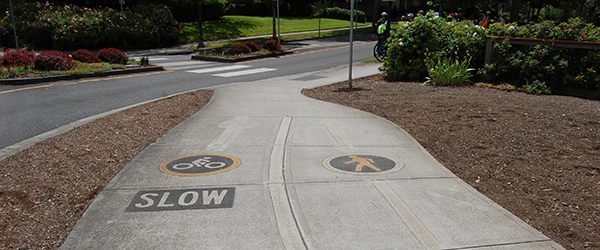
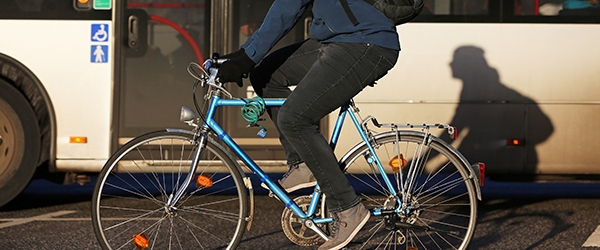
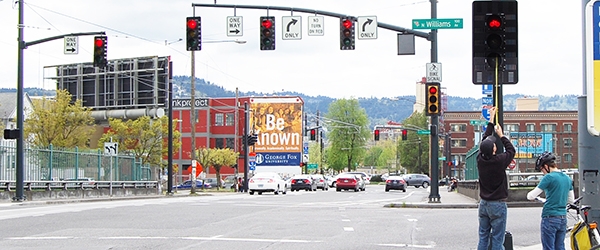

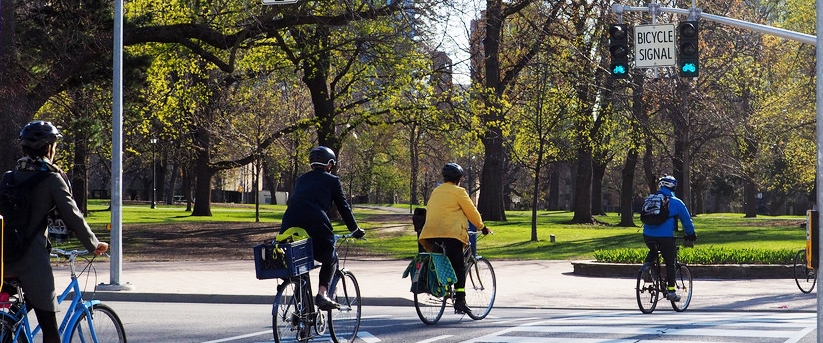
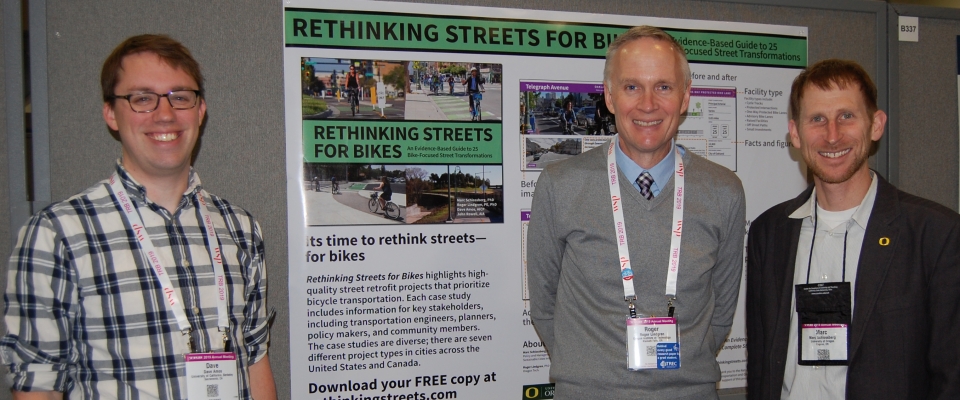
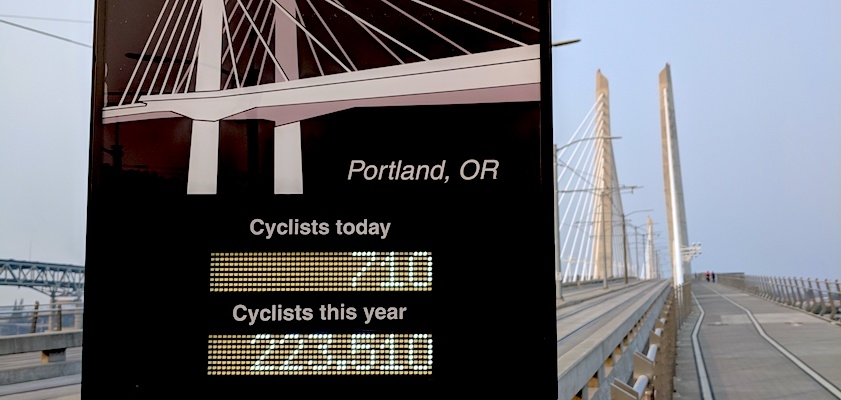
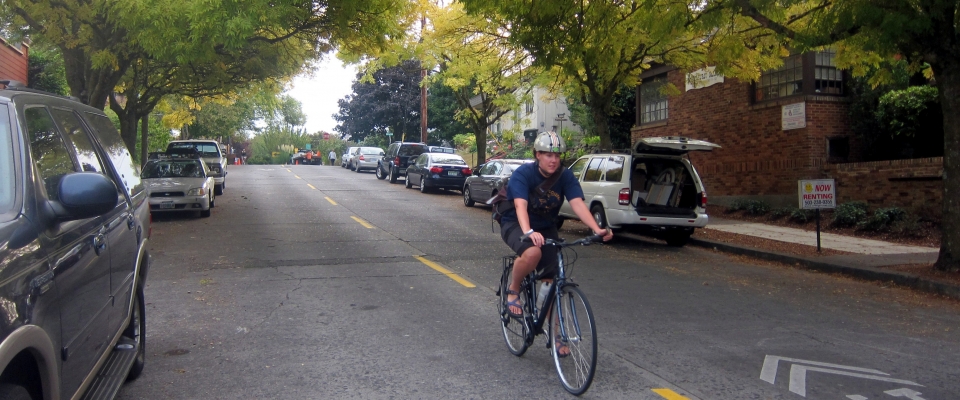
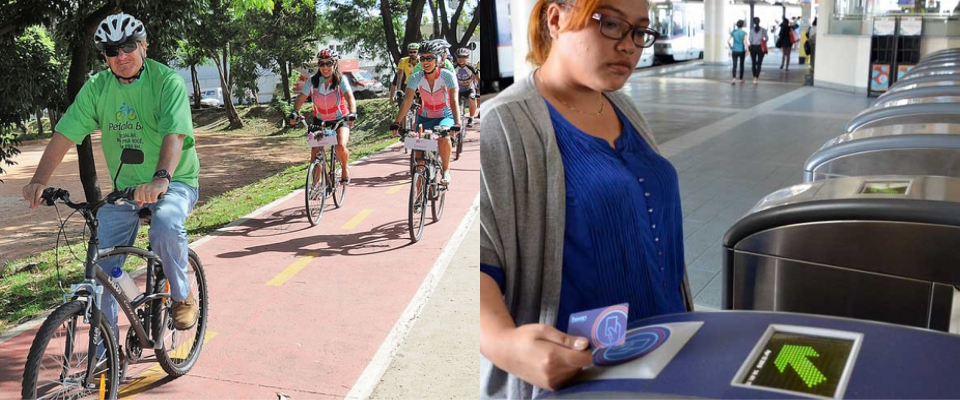
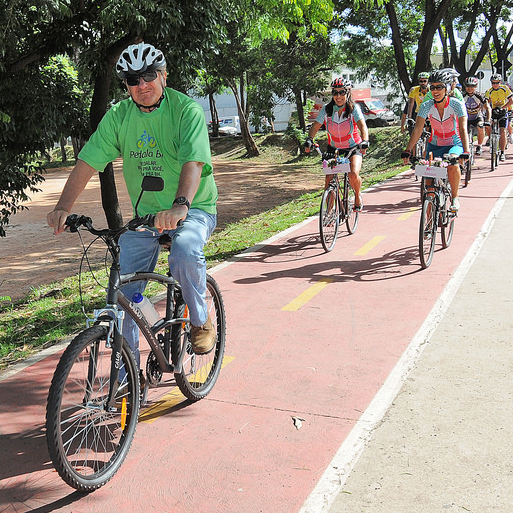 Exploring Data Fusion Techniques to Derive Bicycle Volumes on a Network
Exploring Data Fusion Techniques to Derive Bicycle Volumes on a Network